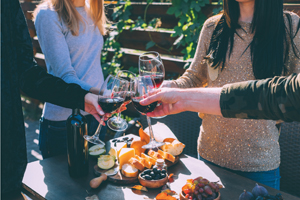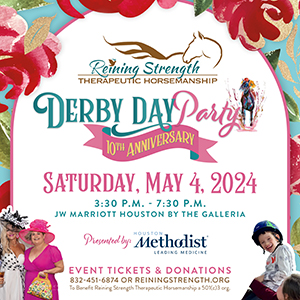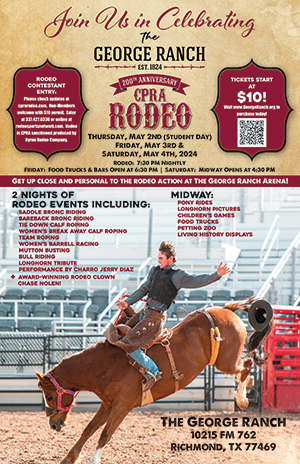Posted on Jan 29, 2021 in
OENOPHILE
 In the mid-70s, America was not a wine-drinking nation. At a restaurant, people who drank usually ordered a mixed drink or a beer before the meal, had the meal, and then left. If the restaurant was high-end, the waiter might ask if the guest would like to order wine. The waiter would remark with a slight sneer, “Would you like a domestic wine?” and then with a big smile, “Or one from our French selection?” And of course, if the restaurant was Italian, it was all about Lambrusco or Chianti.
In the mid-70s, America was not a wine-drinking nation. At a restaurant, people who drank usually ordered a mixed drink or a beer before the meal, had the meal, and then left. If the restaurant was high-end, the waiter might ask if the guest would like to order wine. The waiter would remark with a slight sneer, “Would you like a domestic wine?” and then with a big smile, “Or one from our French selection?” And of course, if the restaurant was Italian, it was all about Lambrusco or Chianti.
 People became aware of the joys of dining with wine with the help of military officers coming back from France and Italy after World War II, as well as the nascent wine writing industry, which started in the 70s (specifically Robert Parker’s The Wine Advocate in 1978). At first, wine was inexpensive, but well-made jug wines from Inglenook, Almaden and Swiss Colony, along with Gallo (Hearty Burgundy being the most memorable) and Liebfraumilch from Germany, gained American interest in wines of all prices.
People became aware of the joys of dining with wine with the help of military officers coming back from France and Italy after World War II, as well as the nascent wine writing industry, which started in the 70s (specifically Robert Parker’s The Wine Advocate in 1978). At first, wine was inexpensive, but well-made jug wines from Inglenook, Almaden and Swiss Colony, along with Gallo (Hearty Burgundy being the most memorable) and Liebfraumilch from Germany, gained American interest in wines of all prices.
Today, one can enjoy an array of wines from all over the world. How does one start to develop a palate and learn more about this subject?
Easy! Meet once a week with another person or a small group for a tasting. I recommend doing this for four weeks for best results and using wines in the $25 to $40 price range for the first two tastings. Three ounce pours are sufficient, and for reference, one bottle will serve 8 three ounce pours.
First Tasting – Get a California Sauvignon Blanc and either a Pouilly-Fume or Sancerre from the Loire Valley, France in approximately the same price range. Both are the Sauvignon Blanc grape. They need to be tasted blind. After guessing, reveal the bottles. Then taste them again blind. Reveal the bottles again. Select your favorite. Now have a bite of goat cheese on a cracker and taste them again blind. Select your favorite once again – hint, it might be different!
Now, do the same with a California Chardonnay and a white Burgundy (also Chardonnay grape) in about the same price range. A good one would be a Pouilly-Fuisse, which is available just about anywhere at around $25 a bottle. Taste them blind. Reveal the bottles, taste blind again and select your favorite. Now try with some creamy Havarti on a Triscuit or butter cracker/toast, guess again and select your favorite.
Then, have dinner with the wines. Sauvignon Blanc matches well with goat cheese, shellfish, beet salad and most hors d’oeuvres. Chardonnay matches well with brie, creamy Havarti, most seafood and chicken.
Second Tasting – Do it again in a week. Use a different California Sauvignon Blanc and a different Pouilly-Fume or Sancerre. Also, use a different California Chardonnay and a different white Burgundy – maybe a Chablis? After this second round, you may find that the California wines have a little more fruit and win the blind tastings, and the French wines have a little more acidity and go better with food. Whatever you find, you will know a whole lot more about Sauvignon Blanc and Chardonnay than you did earlier!
Third Tasting – Get a California Pinot Noir and a red Burgundy (also the Pinot Noir grape). I recommend the $40 to $50 price range here. Taste them blind, guess, reveal the bottle and then taste them blind again. Select your favorite. Then have a bite of chicken, pizza with chicken and veggies or chicken salad and taste blind again. Select your favorite. Again, it might change after the food.
Now, do the same with a California Cabernet Sauvignon and a Bordeaux (left bank Bordeaux are mostly Cabernet Sauvignon). Any good wine salesperson will be able to recommend a good matchup in these price ranges. Taste blind, guess, reveal the bottle and taste blind again. Now try with a bite of roast beef sandwich, burger or meat pizza, and taste blind again, guess and reveal the bottle. You may find once more that the California wines, which generally ripen better, have more delicious fruit, but that the French wines are more complex and have better acidity and go better with the food.
Whatever you find, you will be way ahead of when you started—at least for Sauvignon Blanc, Chardonnay, Pinot Noir and Cabernet Sauvignon.














 In the mid-70s, America was not a wine-drinking nation. At a restaurant, people who drank usually ordered a mixed drink or a beer before the meal, had the meal, and then left. If the restaurant was high-end, the waiter might ask if the guest would like to order wine. The waiter would remark with a slight sneer, “Would you like a domestic wine?” and then with a big smile, “Or one from our French selection?”
In the mid-70s, America was not a wine-drinking nation. At a restaurant, people who drank usually ordered a mixed drink or a beer before the meal, had the meal, and then left. If the restaurant was high-end, the waiter might ask if the guest would like to order wine. The waiter would remark with a slight sneer, “Would you like a domestic wine?” and then with a big smile, “Or one from our French selection?” People became aware of the joys of dining with wine with the help of military officers coming back from France and Italy after World War II, as well as the nascent wine writing industry, which started in the 70s (specifically Robert Parker’s The Wine Advocate in 1978). At first, wine was inexpensive, but well-made jug wines from Inglenook, Almaden and Swiss Colony, along with Gallo (Hearty Burgundy being the most memorable) and Liebfraumilch from Germany, gained American interest in wines of all prices.
People became aware of the joys of dining with wine with the help of military officers coming back from France and Italy after World War II, as well as the nascent wine writing industry, which started in the 70s (specifically Robert Parker’s The Wine Advocate in 1978). At first, wine was inexpensive, but well-made jug wines from Inglenook, Almaden and Swiss Colony, along with Gallo (Hearty Burgundy being the most memorable) and Liebfraumilch from Germany, gained American interest in wines of all prices.